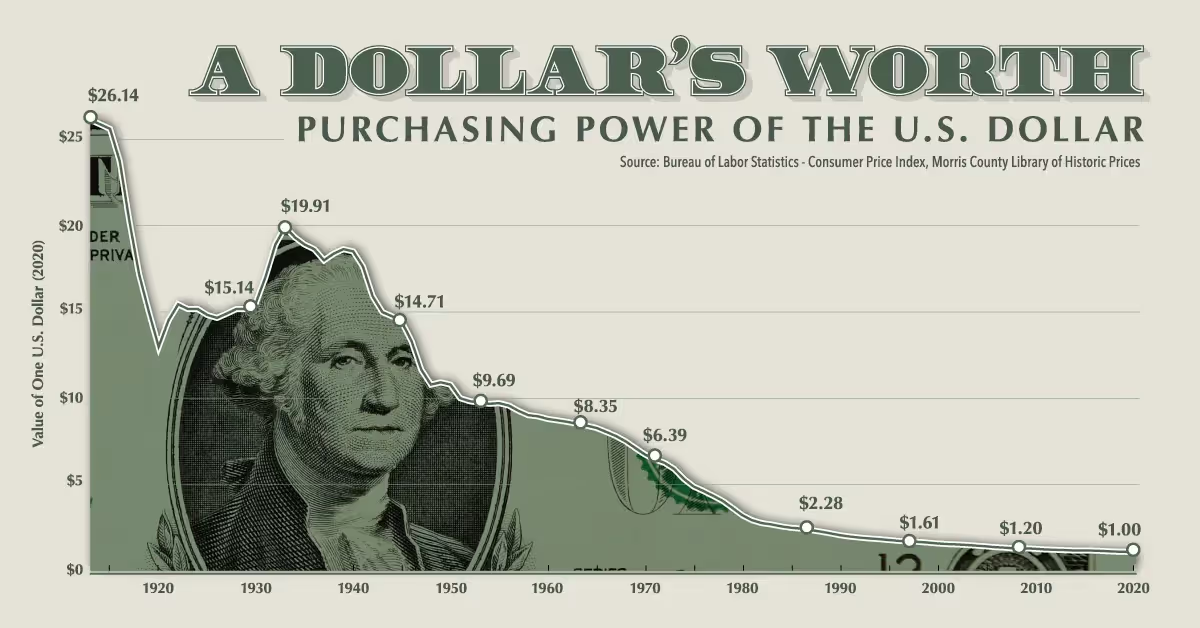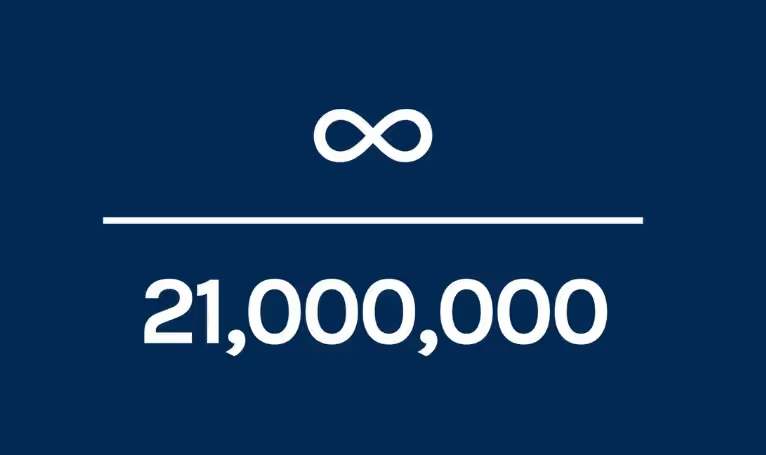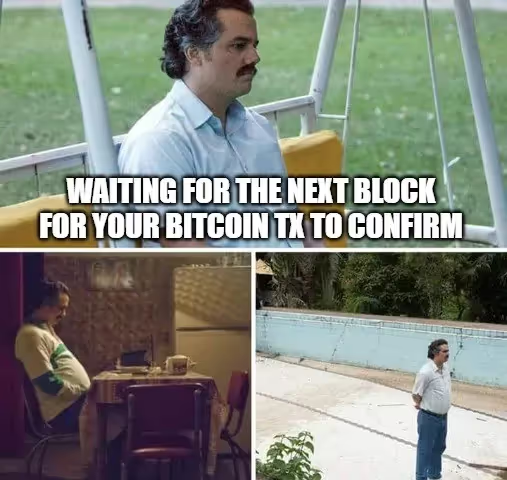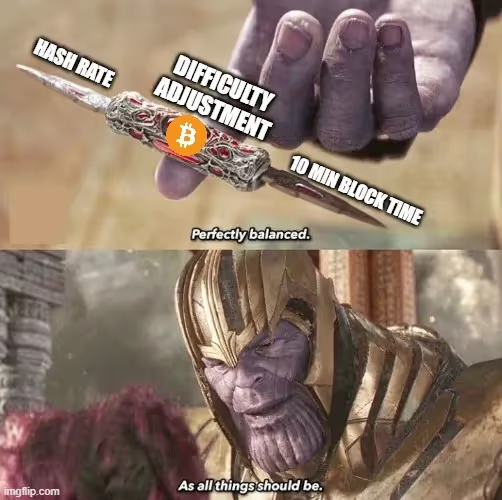Making Sense of The Bitcoin Halving & Bitcoin’s Inflation Rate

In this article:
As you will no doubt of heard already, the next Bitcoin halving fast approaches and the amount of Bitcoin produced by miners each time they find a block is going to be cut in half. It’s an event that takes place roughly every 4 years, or more accurately every time another 210,000 blocks are found and added to Bitcoin’s ledger.

Given that these halving events reduce the amount of fresh Bitcoin entering circulation, many Bitcoiners anticipate these events with huge excitement as they expect it to have upward pressure on the price. It’s a simple equation, a reduction in the supply of new Bitcoin vs an increasing amount of people seeking to own it, makes it a more competitive landscape if you’re looking to get your hands on some.
But beyond the noise and excitement what is the halving actually all about? Why did Satoshi include this feature in Bitcoin’s code and why is it significant? Is it just a function to drive Bitcoin’s price up or is there more to it than that?
Let’s look a little deeper….
Fiat Currency – What is Inflation?
The best place to start when trying to understand the significance of the Bitcoin halving is to first look at how fiat currencies work. Specifically, we should look at what drives inflation and the process by which fiat money becomes worth less over time.
Most economists would have you believe that inflation is the measure by which goods and services become more expensive over time. This is a misunderstanding at best and misdirection at worst. What they don’t explain is what is driving goods and services to become more expensive, and more expensive in relation to what exactly? Well in relation to your currency of course…

The misdirection then is that goods and services aren’t becoming more expensive due to inflation, but rather your currency is becoming worth less over time and can’t buy as many of these goods and services as it used to. It’s an important distinction. Given that the target inflation rate of most Central Banks is ‘2%’ you might be left asking yourself…. “Why would central banks want our currency to lose value at a rate of 2% per year?”. Better yet, “Wouldn’t 0% inflation and our money maintaining its value be better?”
Keynesian economists would dismiss these questions as infantile and smugly retort that the fact that your money loses value is essential to a functioning economy. If your money didn’t lose value, then you wouldn’t spend it and that would slow down trade and commerce. You will then be battered with a barrage of theoretical nonsense about the ‘velocity of money’. You will be told that if inflation was ‘0%’ this would be terrible because everyone would horde it, nobody would spend, and the economy would grind to a halt.
Of course, this is all complete nonsense. Even if inflation was 0%, you’re still going to spend money. How else are you going to eat and live? Sure, you might not buy as much mass-produced useless crap that you don’t need, but would that really be a bad thing? And how exactly did the Central Banks conclude that 2% is the perfect rate at which your money should evaporate? Why not 4% or 8%? Inflation is running wild right now, why aren’t we celebrating that as a good thing for the economy that will drive lots of activity and commerce?

The answer is simple. You cannot force people to be more productive or to generate more value simply by debasing their currency. In fact, the complete opposite is true. Unpredictable inflation ruins money’s main function: to act as a reliable measuring stick for people to transact against. Without a reliable measuring stick of value, it makes trade more difficult and unpredictable than it needs to be. It’s not easy to measure and plan when your ruler keeps changing length.
Not only does inflation harm our economy by removing one of the key functions of money but it also drives short-term thinking, waste and malinvestment. If your currency is debasing quickly then you’re incentivised to deploy capital even it means making risky bets and investing in things that aren’t particularly useful to society.
Hyper processed, fake plant-based sausages anyone?

The reason Central Banks target 2% inflation isn’t because it will help stimulate the economy, it’s because that’s the rate at which they think they can print money out of thin air and steal your wealth without you noticing too much or kicking up too much of a fuss. The problem the central banks have however is that they are stupid enough to think that they can centrally control an entire complex system like the economy, and ‘tame inflation’ simply by fiddling around with interest rates.

This is the ultimate definition of hubris.
In the clown world that is fiat currency, inflation is an entirely unpredictable beast. After Central Banks the world over have spent decades printing trillions of paper promises, that beast is finally out of its cage. And it has no intentions of getting back in.
Welcome to Weimar Germany.
Bitcoin’s Predictable Inflation Rate
Bitcoin of course is different. Not because it is a ‘deflationary’ currency as many have falsely described it (the amount of Bitcoin in circulation is increasing with every block that’s mined). It’s different because Its total circulating supply is knowable at any given point in time now or in the future. The amount of Bitcoin is inflating but the key difference to fiat currencies is that it is entirely predictable, stable, and this rate of inflation is always decreasing over time.
Bitcoin’s inflation rate is not only entirely predictable, but most importantly, the issuance rate of Bitcoin is not decided upon by any controlling forces like Central Banks or Government agencies. It is entirely programmatic.
Let’s explain…
New Bitcoins come into circulation every time a miner finds a new block. The miner lucky enough to find the next block receives a ‘block reward’ of freshly minted Bitcoin for their work in helping the network process that block of transactions. This block reward is a set number for each block, so we know exactly how much new Bitcoin comes into circulation every time a new block is found. The current block reward for miners is 6.25 BTC.
Not only do we know how much new Bitcoin will come into circulation in each new block, but we also know that, on average, a new block is found every ten minutes. Given we know how much is rewarded per block and we know how frequent these blocks are, we can accurately predict the amount of Bitcoin that will have been added to the circulating supply at any point in the future.
For example, the block reward is currently 6.25 Bitcoin. If we find a new block on average every ten minutes, then we can assume that we would find 144 blocks in 24 hours. 144 blocks X 6.25 means that we know that each day roughly 900 Bitcoin would be added to the circulating supply.
That is of course until the halving. The halving cuts this block reward in half. Essentially cutting the inflation rate of Bitcoin in half. As stated earlier this happens roughly every 4 years or more precisely, every 210,000 blocks. The next halving is quickly approaching, and this means that the block reward will fall from 6.25 to 3.125, cutting the daily issuance in half from roughly 900 to just 450.
With all this information we can accurately predict Bitcoin’s circulating supply in the future and know that its rate of inflation will be cut in halved roughly every 4 years. Not only does this make Bitcoin increasingly scarce but it’s what gives people confidence that its value can’t be artificially eroded by increasing its supply.
Bitcoin’s price might look volatile on the surface of things when denominated in dollars. But when you consider that it’s the amount of circulating fiat that is wildly unpredictable, and increasing at a bewildering rate whereas Bitcoin is stable, predictable, and honest, then you come to realise that Bitcoin isn’t the numerator in this equation. It’s the denominator.

Bitcoin’s Difficulty Adjustment – Keeping Avg Block Times at 10 Minutes.
If you have used Bitcoin regularly the fact that we have stated that Bitcoin blocks arrive every ten minutes might have you scratching your head. We have all experienced that feeling of sending a transaction and the next block not being found for a lot longer than ten minutes! So, what gives? This whole explanation of Bitcoin’s issuance being predictable was predicated on ten-minute blocks

If blocks sometimes get found after 2 minutes and others after 45 minutes, then surely that means we can’t predict anything about how many block rewards there will be and therefore can’t predict Bitcoin’s inflation rate at all? And surely if more miners suddenly show up then we will find blocks faster? Or if they all stop mining then blocks would be found much slower, wouldn’t they?
All great questions...
So how can we rely on this measure of ‘ten minutes per block’ to predict Bitcoin’s issuance when blocks seem to show up at random intervals?
Well to understand that we first need to understand what is actually happening when miners are looking for valid blocks and competing for the next block reward.
When miners want to process the next block on Bitcoin’s blockchain they need to do some work. First, they must gather up a bunch of unconfirmed transactions from Bitcoin’s mempool and organise them into the block they want to mine. They will also include a special transaction that acts as their block reward should they mine the block successfully and the hash of the previously mined block. Let’s imagine a block built by a miner looks something like this:

Now to win the race and successfully mine a valid block the miner must pass all this information through what is known as a ‘One-Way Hash’ and ‘hash the block’. This One-Way Hash will convert all the block information into a random string of characters. Crucially, for the block to be considered valid and accepted by the rest of the network, the string of letters and numbers that come out of the ‘One-Way Hash’ must start with 30 zeros.

Now this of course is extremely unlikely. It is far more likely that when they pass their block information through the One-Way Hash that it would produce a result that looks more like this:

It doesn’t matter how many times the miner passes the same information through the One-Way Hash; it will always produce the same result. So, to get a different result and keep searching for an output with those elusive 30 zeros they must change something about their block to alter it slightly on each attempt.
To do this, every time they hash the block, they also add what’s known as a ‘nonce’. This is essentially a random piece of data that they can change every time they hash the block. Every time the nonce is changed, the output from the hash will change. They continue to change the nonce and hash the block over and over hoping they are the first to find the valid block where the hash starts with the valid 30 zeros.

The Difficulty Adjustment
OK, that’s great, but you still haven’t addressed the issue of why any of this means we can rely on miners finding blocks every ten minutes. Surely the more miners there are hashing, the faster someone finds the right number of zeros?
Well, the answer to why average block times remain at ten minutes despite the number of miners on the network lies in something called Bitcoin’s difficulty adjustment. Whilst we can’t predict the time taken to mine any individual block; the difficulty adjustment is a piece of the Bitcoin protocol that acts as a way of ensuring that the average block time always trends towards ten minutes. Let’s look at a simple explanation of how it works:
Let’s say the current difficulty to find a block requires a miner to hash a block starting with 30 zeros for the block to be valid. Then let’s imagine that twice the number of miners come online and are all hashing to find a valid block starting with 30 zeros. As you would expect, with double the number of miners hashing, the average amount of time it would take to find a block starting with 30 zeros would be cut in half. This would double the rate at which the block rewards were distributed and would start to speed up Bitcoin’s inflation rate.
This is where the difficulty adjustment kicks in. Every 2016 blocks the Bitcoin protocol will alter the difficulty of finding a new valid block by changing the number of zeros needed at the start of the hash for it to be valid. If blocks were being found on average every 7 minutes instead of 10 then after 2016 blocks, the difficulty adjustment might increase the difficulty from 30 zeros to 40 zeros. Similarly, if a lot of miners stopped hashing and blocks were taking too long to be found then the difficulty adjustment, after 2016 blocks, would reduce the number of zeros needed to make finding blocks easier and quicker.

It's an ingenious design which ensures that whilst we can’t know that each block will be exactly ten minutes apart, we do know that over the long term, blocks will always trend toward being found every ten minutes regardless of how many miners are processing transactions on the network.
And if the blocks average out to being found every ten minutes? Well, given we know the block rewards that miners receive, then we can predict with a high degree of accuracy how much Bitcoin will be in circulation at any given point in the future.
The Bitcoin Way – Learn Bitcoin the Right Way
Hopefully that’s given you some helpful insights that demonstrate that the halving isn’t just about pushing Bitcoin’s price higher. It is an amazing part of its protocol that helps to set the solid and predictable monetary policy of Bitcoin. A policy controlled and coerced by no one. A stark contrast to the monopoly money our central banks produce today.
If like us, you prefer hard money with predictable monetary policy that can’t be inflated away by corrupt Central Bankers or Government officials then you too have probably come to the conclusion that Bitcoin is the only ‘grown-up’ left in the room.
If you’re planning on storing your wealth in Bitcoin where it maintains and grows its purchasing power rather than watch your savings get eaten by rampant fiat inflation, then it’s essential you also learn how to do so safely.
Yes, with Bitcoin you get to avoid the egregious debasement of your national currency, but to enjoy these benefits requires you to take a lot of responsibility and learn the skills required to store and manage your wealth without any reliance on banks, Governments or third parties.

If you’re keen to continue your learning and want to use Bitcoin safely. That’s what we are here to teach you.
Thank you for reading.
The Bitcoin Way is dedicated to offering insights on best practices for Bitcoin security and privacy. Please note we do not offer financial, legal, or tax services. For financial or tax advice, we recommend consulting with a professional advisor before taking any action.
